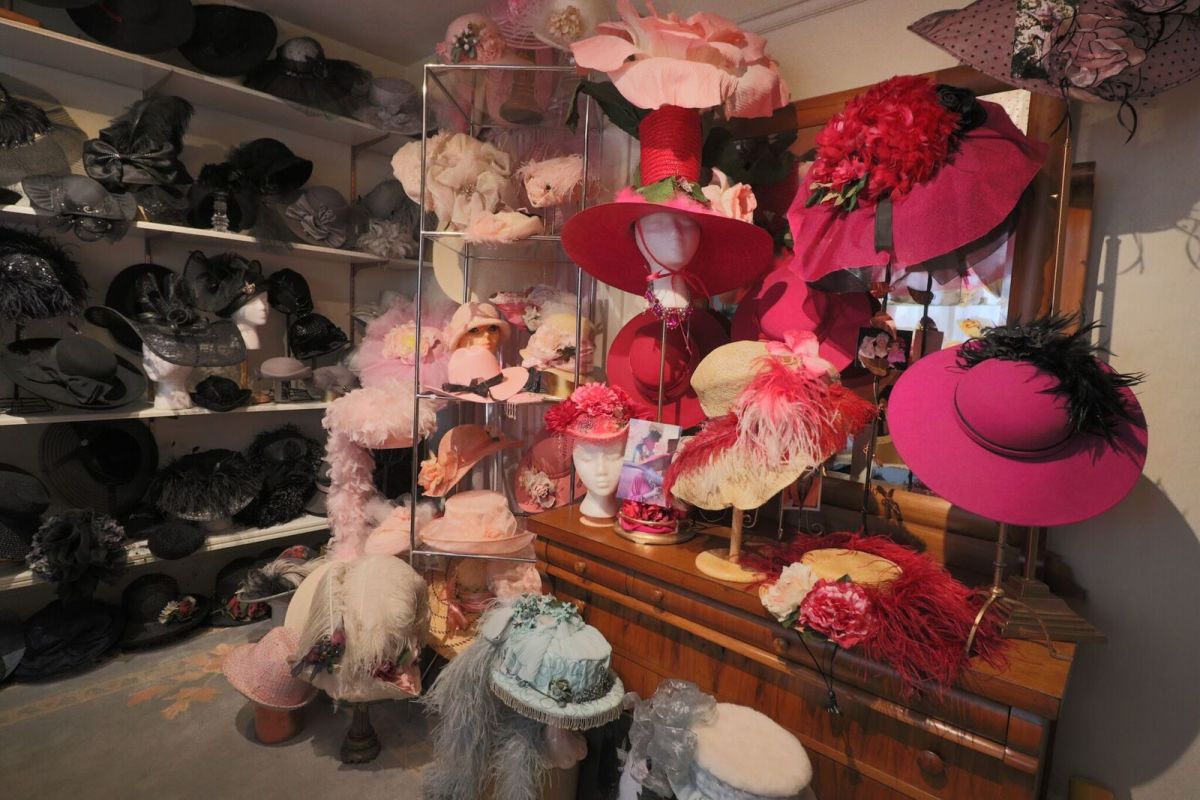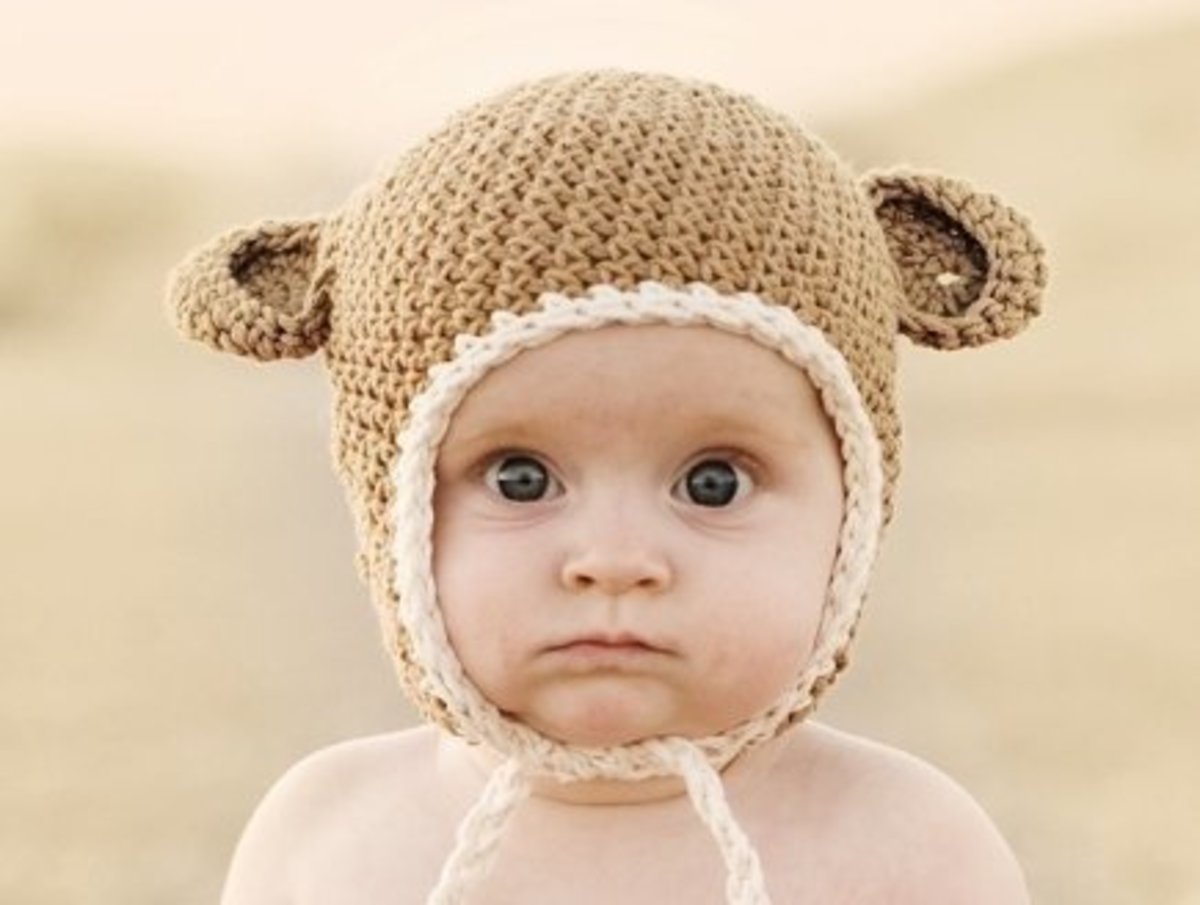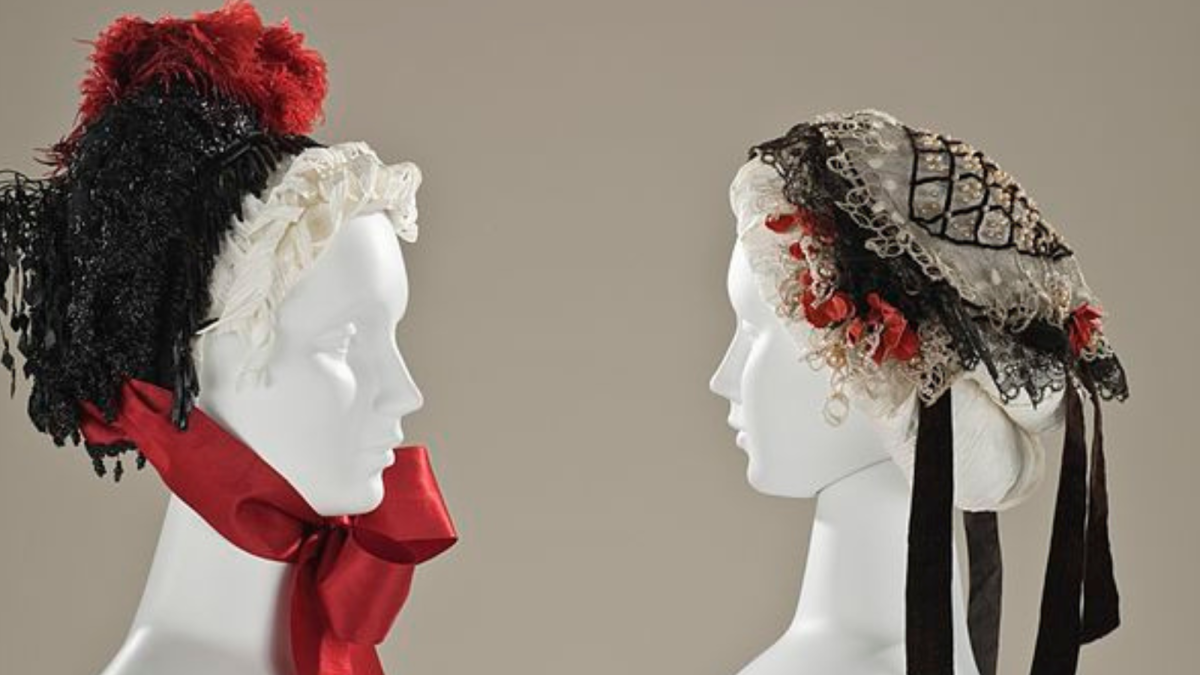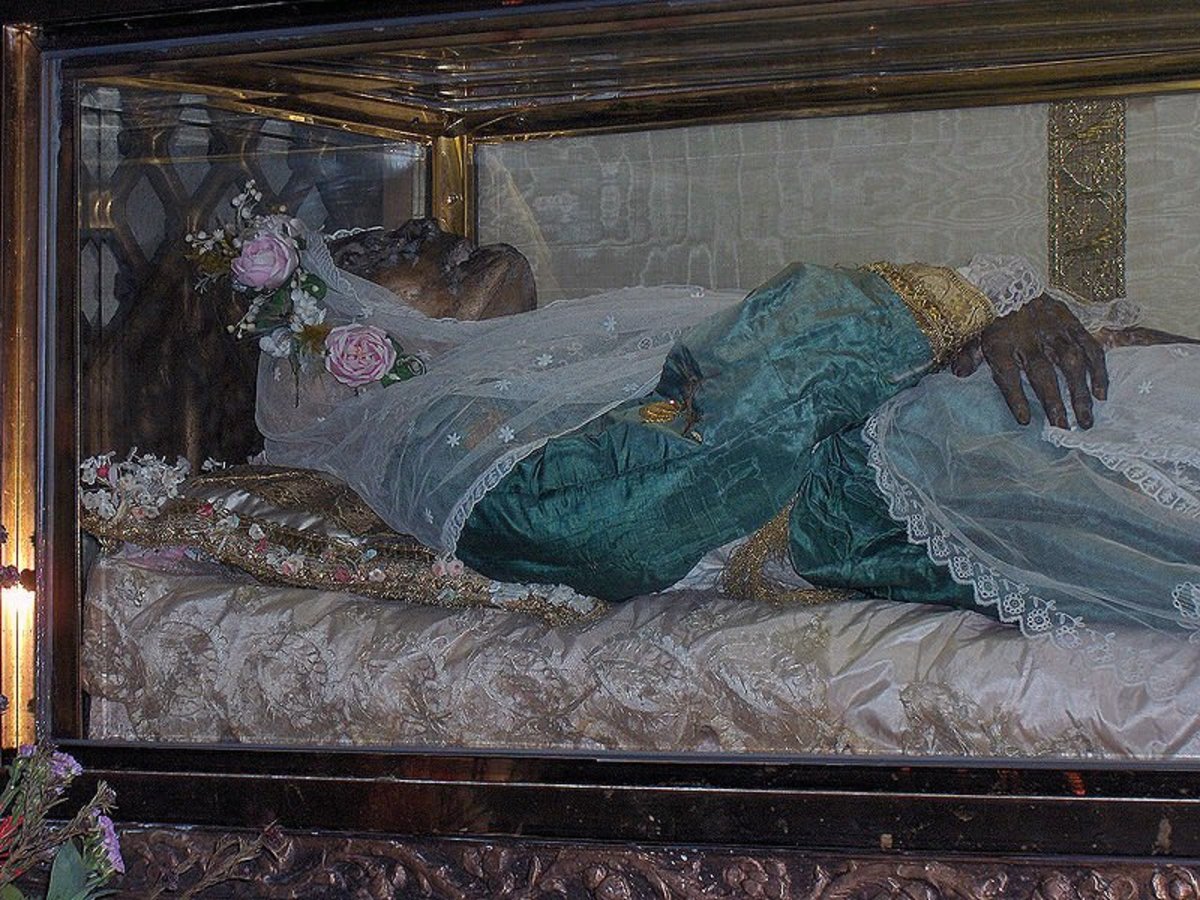The Significant Hat : Historical Tales
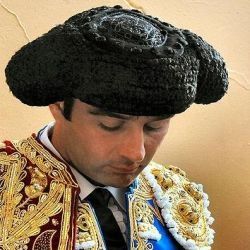
A hat by any other name
Hats are not merely to keep off the sun and the rain,
Hats send all sorts of signals, they mark a social rite, portray a religious belief, define the status and occupation of the user and announce the extent of authority.
Kings and Heroes wear hats, as do the Gods.
Hats for Gods of Egypt
Ra wears his ramshead helmet and Ma'at balances a feather on her head while Hathor displays the horns of a cow.
Other Egyptian deities displayed symbols of their attributes and powers such as snakes, sun discs, feathers, horns, flowers and leaves, all painted in bright colours on their animal or human heads. The great Isis wears a throne on hers.
Hats for Heroes and Gods
The hero Hercules favoured a formidable fashion in a full lion skin, with the head of the beast doubling as a hat.
Odin prefers a large floppy number, with a brim large enough to shade the eyes (or in his case, eye). It looks a lot like a hat worn by a god from the Caucasus Mountains who may have been called Tlepsh, may have been similar to the Roman Vulcan, but who certainly dressed in the same style as his Scandinavian cousin. Both are older men, sporting a cloak, wide soft hat and a staff.
Mercury wears a similar large brimmed hat, he's instantly recognisable in Classical art by his characteristic petasos made of felt, with a broad, floppy brim, a style worn by farmers and considered characteristic of rural people. Mercury's petasos usually has little wings attached.
The petasos worn by men had a rather low crown, while that worn by women had a tall one. It was a very popular hat for traveling, as it had a chin strap, so that when not in use it could be hung down the back. Oedipus wore a petasos, as did Ulysses, but neither of these travellers' hats sported little wings. It's very similar to the sun hat, made of cotton, which I wear today.
Odin's Floppy Hat
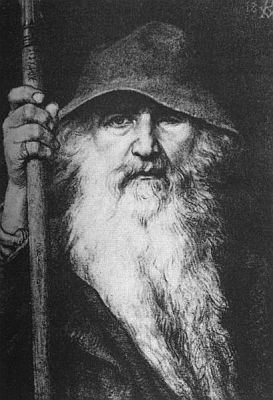
Headbands in History
Headbands, made of ribbon or metal, were very popular with the ancient Greeks. Men threaded these bands through their curled, waxed and lotioned locks while the women used a type of ancient scrunchie in their ponytails and long braids.
Feathers for the New World
Feathered headdresses, like the war bonnet with its long trailer of feathers, are symbols of honour and status among Native Americans, both north and south, and still worn in religious ceremonies and ritual dances today.
The eagle feather bonnet had to be earned through brave deeds in battle as the feathers signified the deeds themselves. (Some warriors might obtain only two or three honour feathers in their whole lifetime). The bonnet was also a mark of highest respect because it could never be worn without the consent of the leaders of the tribe.
Blackfoot War Bonnet
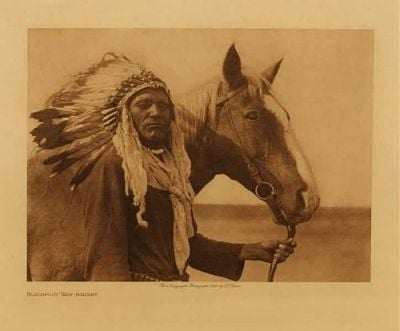
Liberty caps
One snappy little style has lasted through fashion changes to modern times, the Phrygian or Liberty cap. This is a soft conical tight-fitting cloche with the top pulled forward, apparently originating in Phrygia, an ancient country in Asia Minor. In any case, Mithras, an Eastern god much loved by Roman soldiers, always wore a red one.
The Phrygian cap was worn by manumitted Roman slaves to announce their freedman status. The cap was adopted during the French Revolution as the bonnet rouge, and eventually appeared on almost every conceivable manufactured article, from sitting on top of the spire of a cathedral to the point of a lance carried by the goddess Liberty.
The humble little Phrygian cloche became a symbol of freedom to the French and to this day is a national emblem of France. It was held aloft on a Liberty Pole during the American Revolutionary War.
Today we commonly call it a Liberty Cap.
Classical Bust in Phrygian Cap
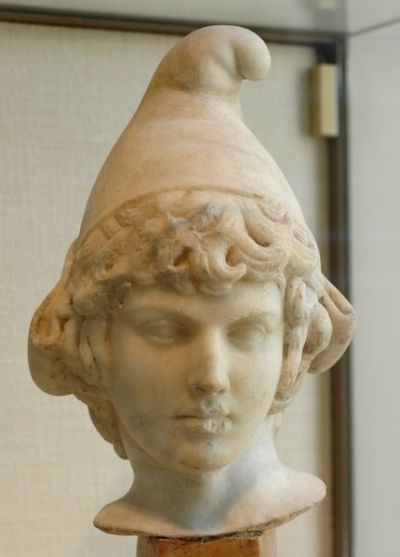
Smurfs and Seals
Before you point out that the Liberty Cap is nowadays associated with Smurfs, have a look around and you will notice that it symbolises liberty in numerous artifacts in the Americas.
In 1854 it was Jefferson Davis (later to be the President of the Confederate States of America) who insisted that a Phrygian cap not be included on a statue of Justice in the United States Capitol because, "American liberty is original and not the liberty of the freed slave".
The U.S. Army has, since 1778, utilized a "War Office Seal" in which the motto "This We'll Defend" is displayed directly over a Phrygian cap on an upturned sword.
It also appears on the state flags of West Virginia, New Jersey, and New York, as well as on the official seal of the United States Senate.
Another red hat is the one worn as the 'uniform' of the Red Hat Society. Women who are in the 50+ age group get together to enjoy themselves with various social outings.
I'm the 'Queen' of a 'chapter' in my area, and organise the activities. Our branch is concerned primarily with raising money for womens' causes.
Mrs. St. George, 1906 Giclee Print
This Edwardian lady is wearing the height of fashion. Her hat is magnificent.
A hat like this one is obviously kept in a hatbox for protection.
Store your best hats in hatboxes to keep them from getting dusty or discoloured. Line the box with tissue paper and place crumpled paper in the crown to help it hold its shape.
Don't wear hats in the rain, unless they are rain hats - nothing damages a hat more quickly than water.
Put on your best bonnet
So don’t be shy, get out your bonnet and proudly display your own style of headgear, fantastic or elegant, bewitching or bizarre.
It’s your choice, if the cap fits, wear it.


